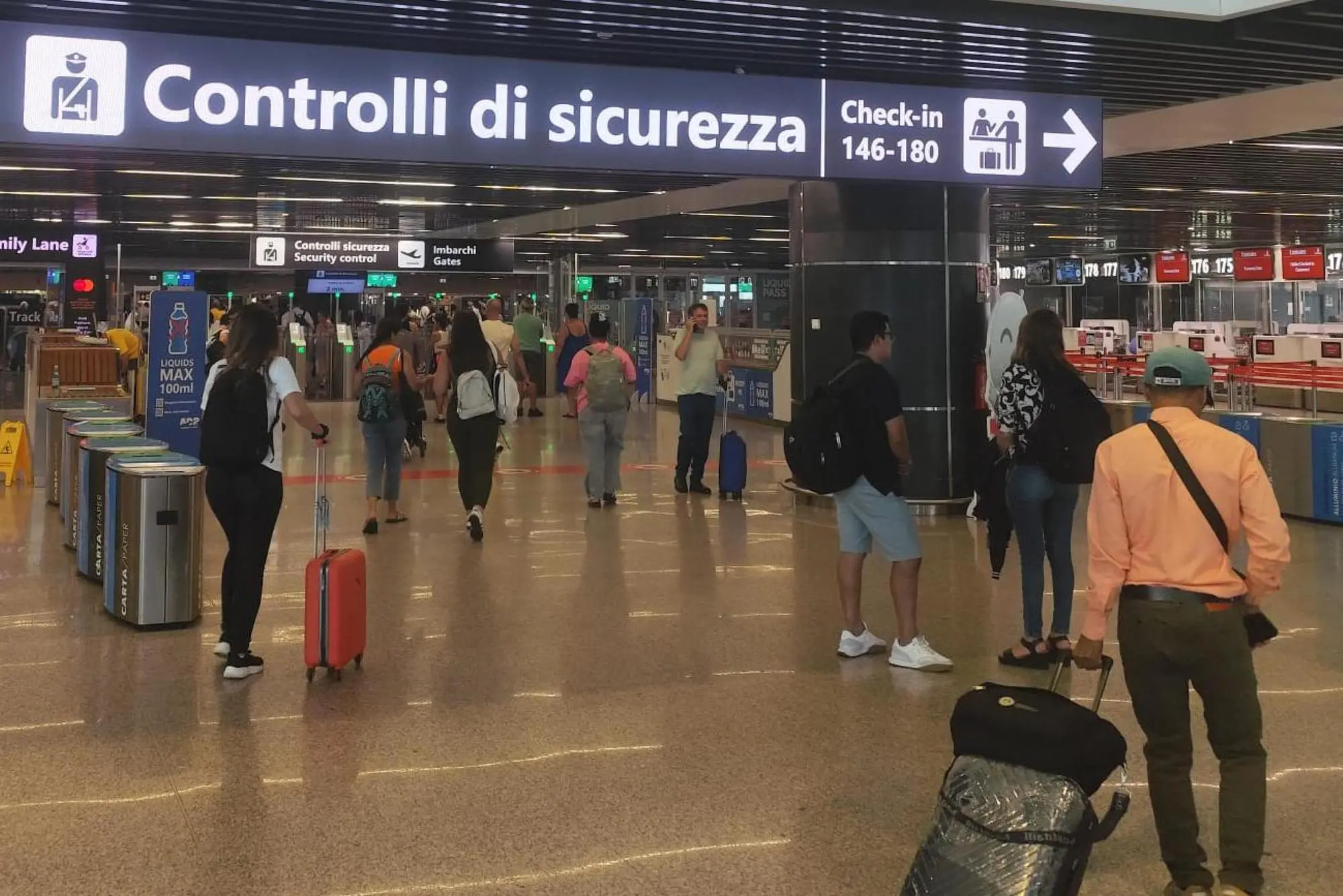Sardinia remains stuck on liquids on airplanes: "The systems are too expensive."
No scanners, old rules and postponed investmentsPer restare aggiornato entra nel nostro canale Whatsapp
No liquids over 100 milliliters are allowed at Sardinian airports. While five Italian airports are already implementing the new security regulations thanks to advanced technology, Cagliari, Olbia, and Alghero remain behind, hampered by a tangible obstacle: the excessive cost of the latest-generation scanners.
Confirming the disparity is ENAC , the Italian Civil Aviation Authority, which has officially announced that only five airports in Italy – Fiumicino, Malpensa, Linate (partially), Bologna and Turin – are currently equipped with the new computed tomography scanners, capable of automatically detecting the nature of liquids inside hand luggage, without having to take them out.
In Sardinia, however, nothing can be done. At the island's three main airports, the rules remain unchanged since the terrorist attacks of the 2000s: liquids must be brought only in 100 ml bottles, in a transparent bag holding no more than one liter, and must be shown separately at security. This is an inconvenient routine, now obsolete elsewhere, but one that will likely remain a burden for Sardinian passengers for a long time to come.
At Cagliari-Elmas, the situation is clear. Federico Miscali, an engineer at Soager, the company that manages the airport, explains: "Our investment plan has already been defined through 2028 and approved by ENAC. At this time, there isn't yet the space or conditions to install the new X-ray generators. However, we are strengthening the existing security lines."
Essentially, the technology is there, but not for everyone. And for Sardinian travelers, it still means sacrifices, longer lines, slower checks, and outdated rules. Not only that, those departing from Cagliari, Alghero, or Olbia will also have to pay attention to their connecting or return airports, where regulations may differ. A detail that, if ignored, risks turning into a serious problem at baggage checkpoints.
The new rules, in fact, are not yet uniform even among Italian airports, let alone at a European or international level . For this reason, ENAC recommends passengers always check the conditions at their departure and return airports, as well as any intermediate stops.
In the meantime, Sardinia is observing from afar what appears to be a small revolution in air transport, still far from its runways and the new smart controls, faster and less invasive, will therefore remain a mirage for at least another three years.
